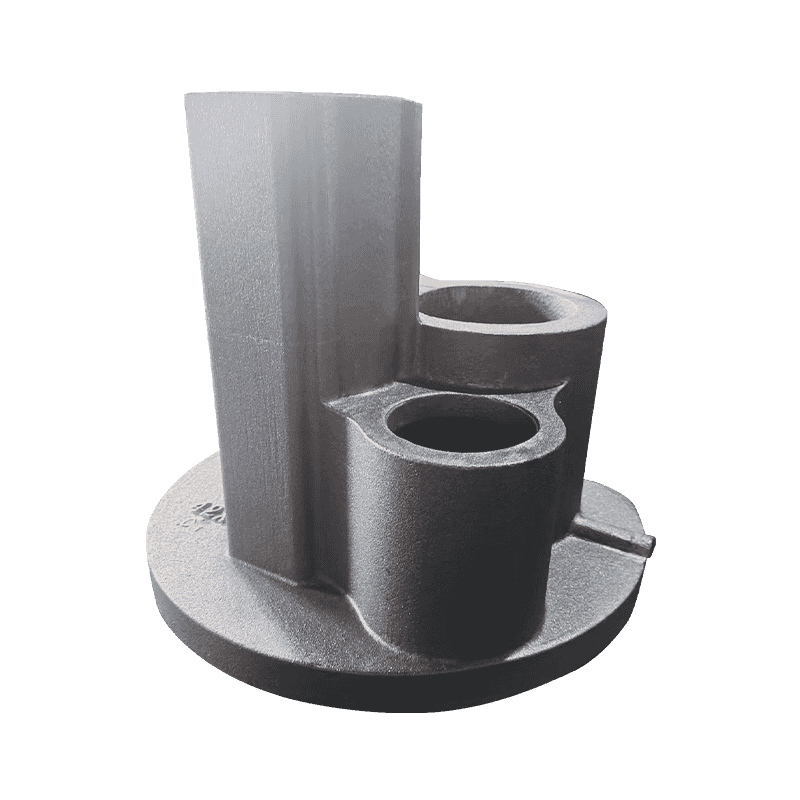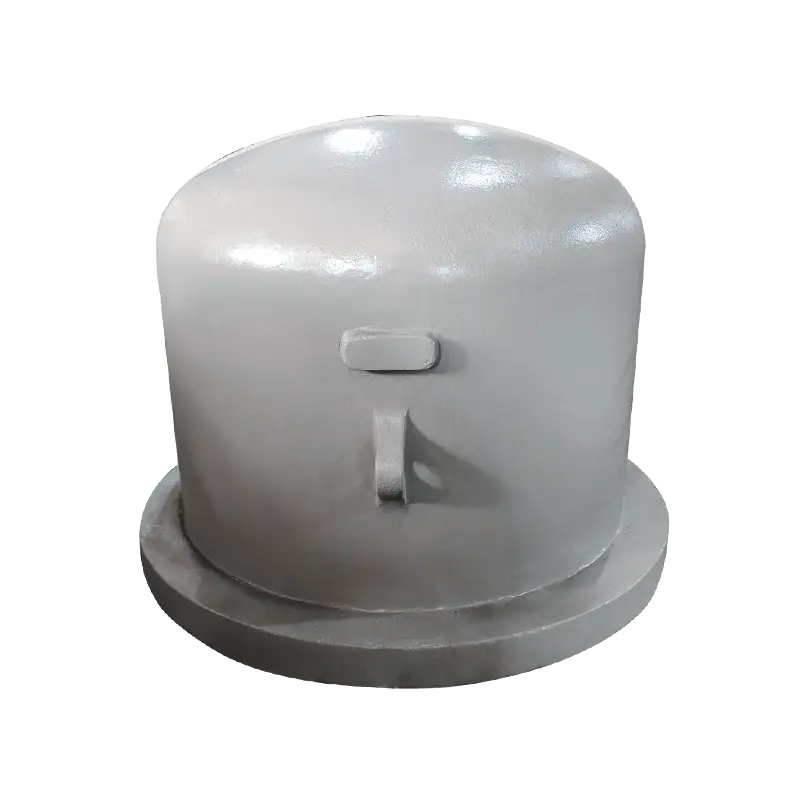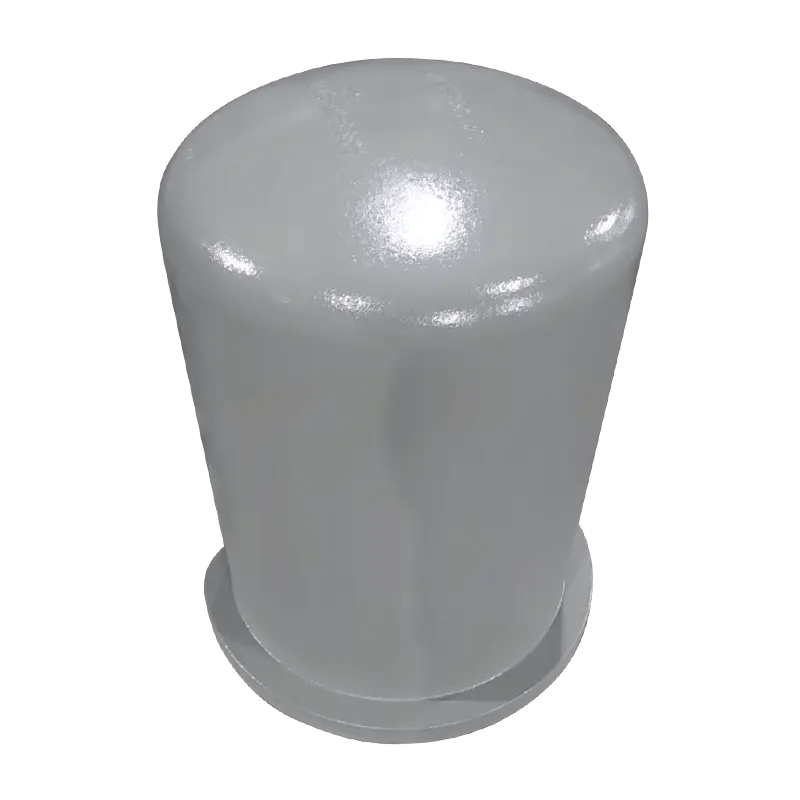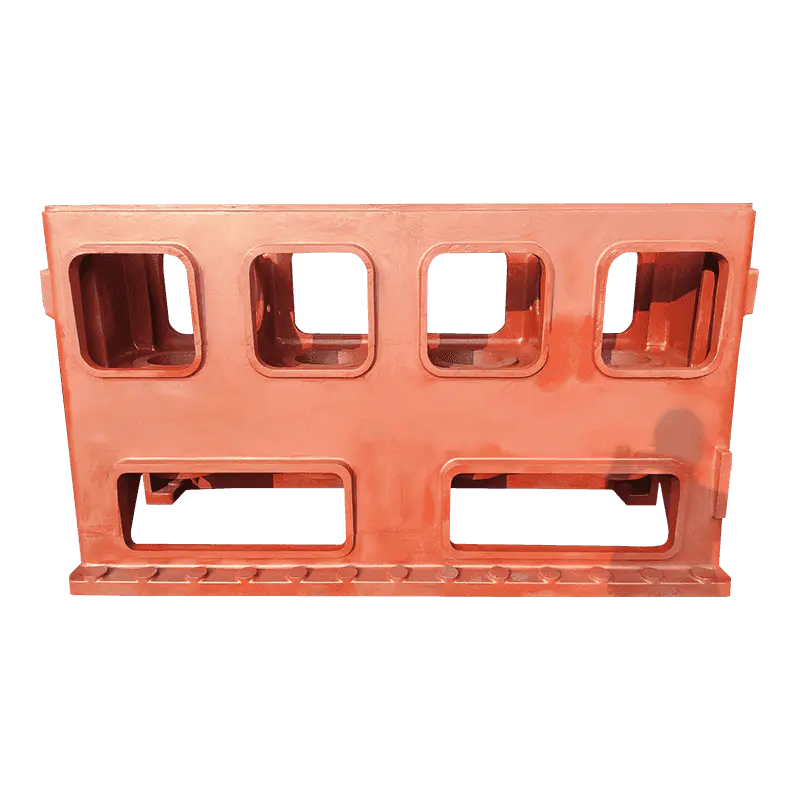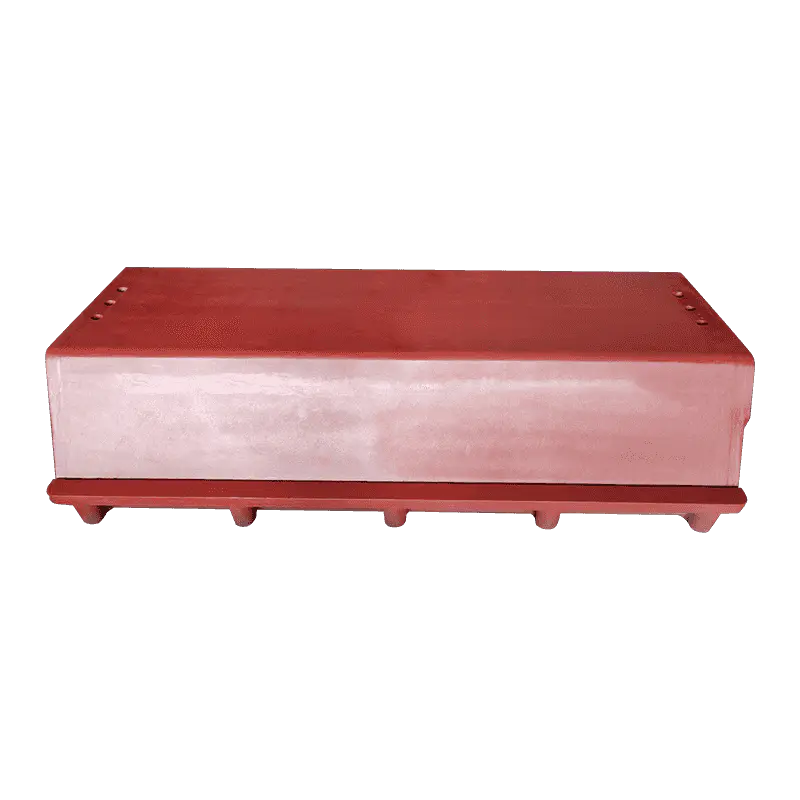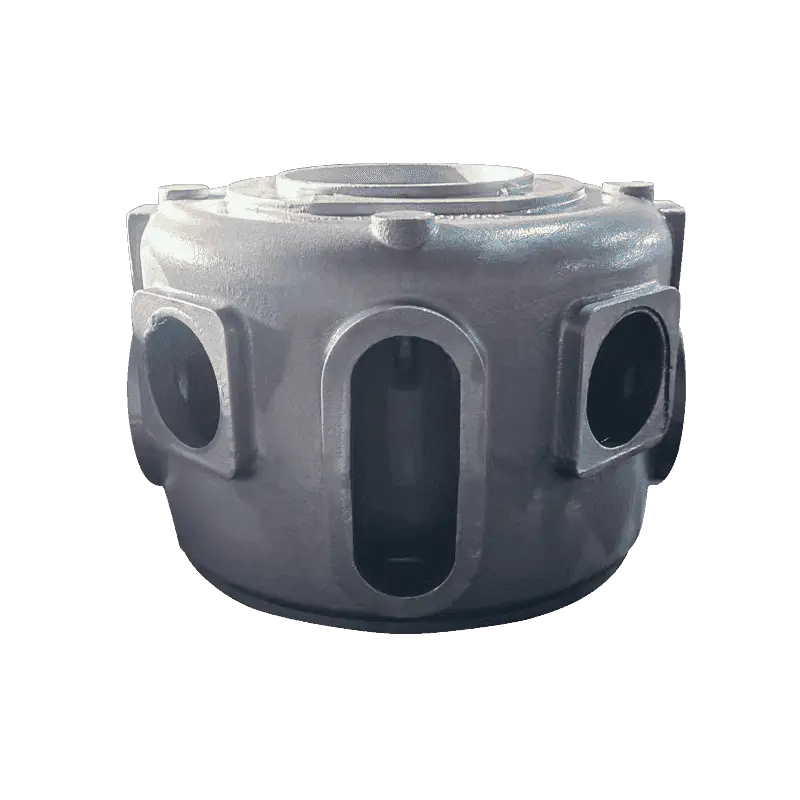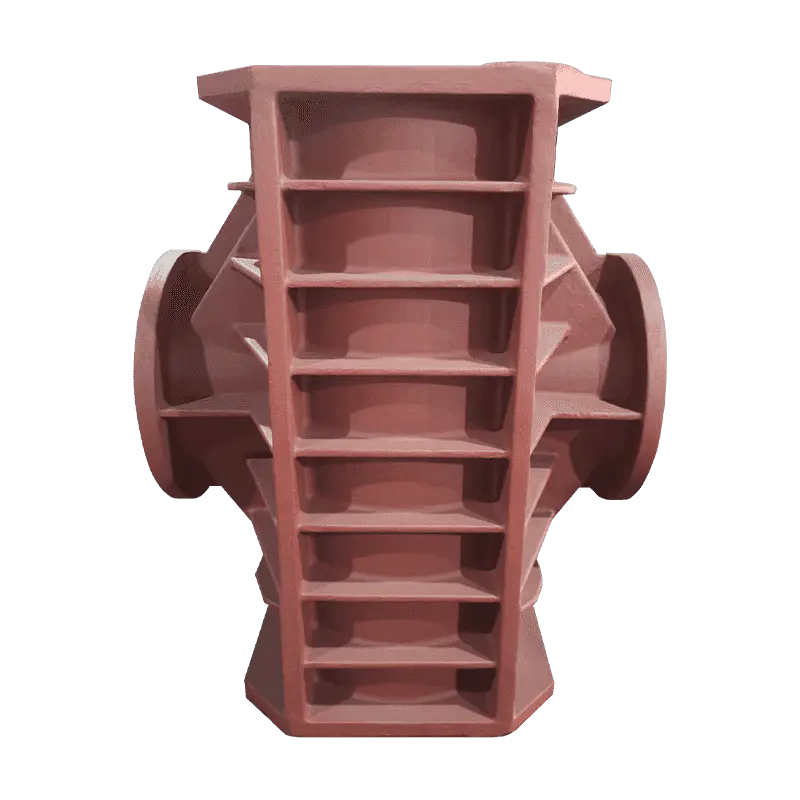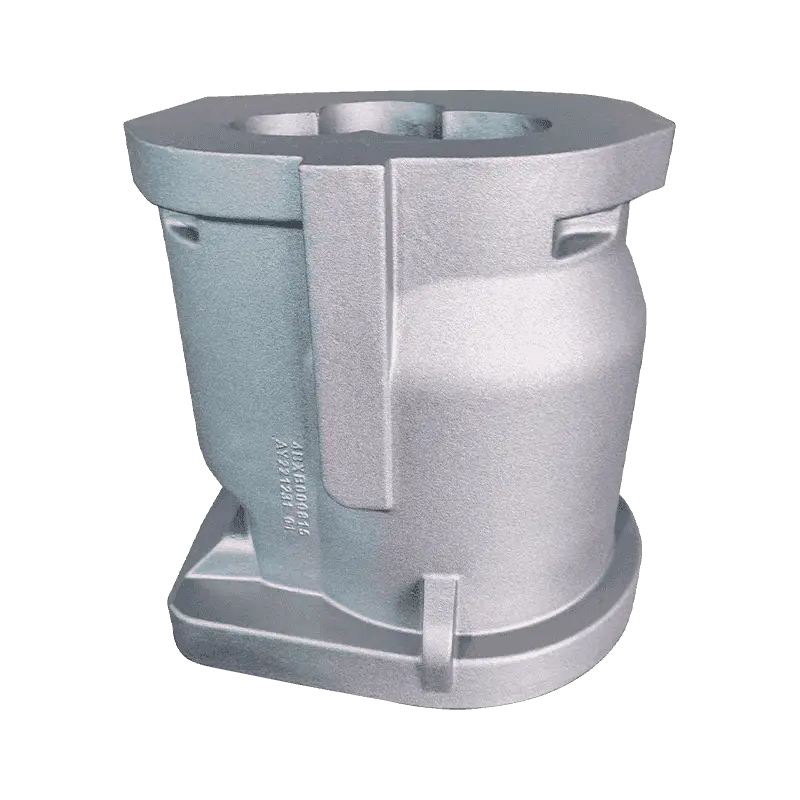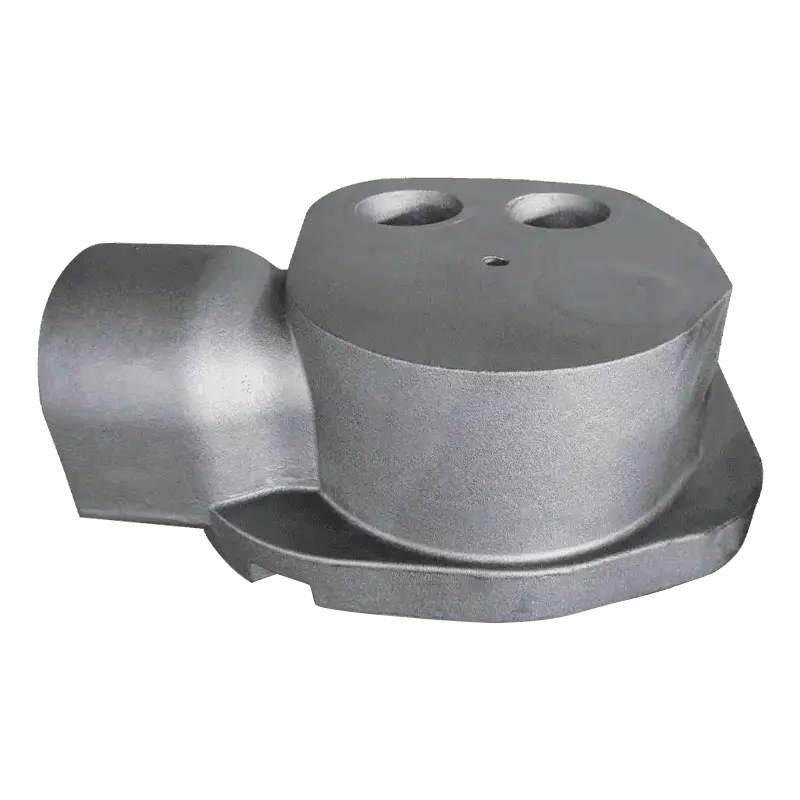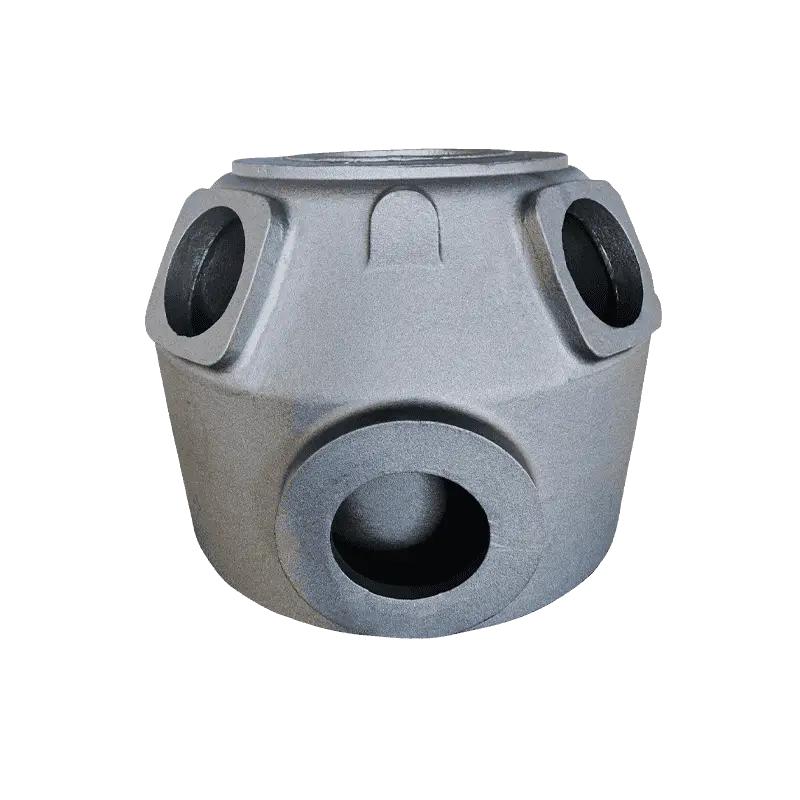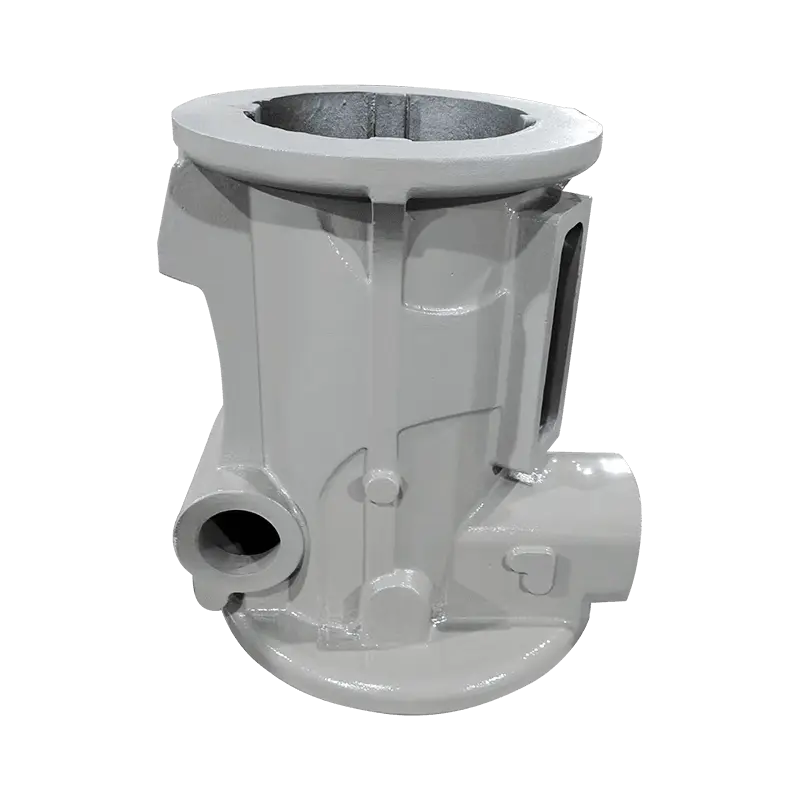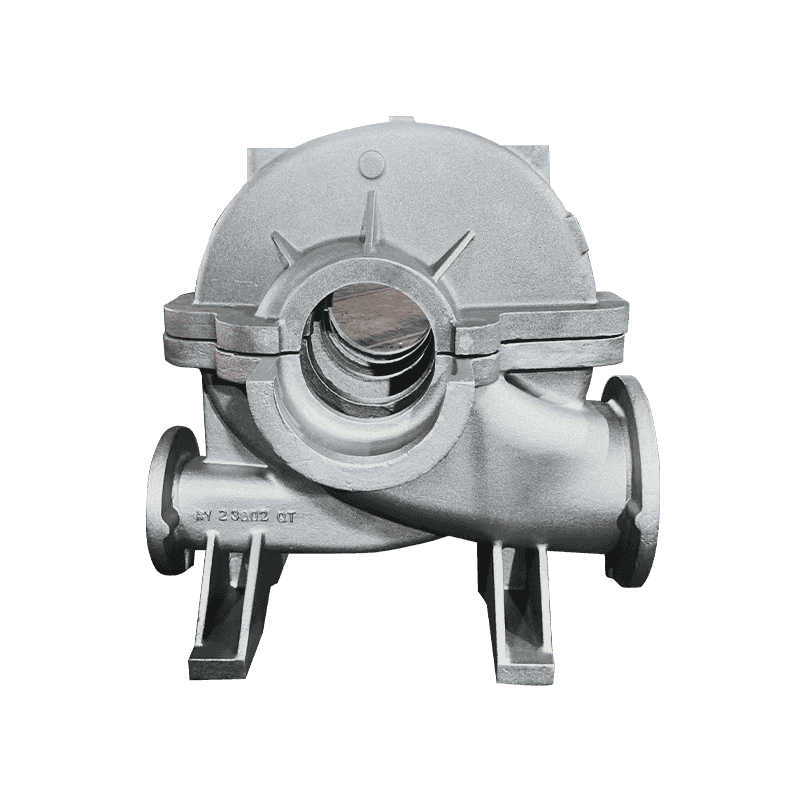The surface finish of Pump and Valve Castings Parts directly influences their wear resistance, an essential factor in ensuring the longevity of mechanical components under dynamic operating conditions. A smooth, polished surface significantly reduces the friction between moving parts, which in turn minimizes abrasion and wear. Components with rough or irregular surfaces tend to generate more friction, leading to increased wear over time. This not only shortens the lifespan of the component but also results in higher maintenance costs and downtime. In contrast, a properly finished surface optimizes the sliding behavior of parts, enabling them to function with minimal resistance. In applications like high-pressure pumps or valve stems, where metal-to-metal contact is frequent, achieving a high-quality finish is crucial for preventing premature damage. The result is an extended service life, fewer replacements, and better performance.
The smoothness of the surface finish also directly impacts the fluid flow efficiency within pumps and valves. A polished or well-finished surface allows fluids to pass through the system with minimal turbulence and friction, reducing energy losses and maintaining optimal flow rates. In a rough-surfaced component, fluid tends to experience resistance, creating uneven flow and pressure fluctuations that can lead to energy inefficiency. Such inefficiencies are particularly noticeable in systems like hydraulic pumps, where maintaining precise flow rates is critical. By reducing surface irregularities, the product’s hydrodynamic properties are improved, making the system more energy-efficient and cost-effective over time. Smoother surfaces prevent fluid stagnation that can cause issues like clogging, further improving the overall performance and longevity of the system.
Surface finish has a significant impact on corrosion resistance, especially when pump and valve castings are exposed to harsh chemicals, saltwater, or other corrosive environments. A well-finished surface reduces the number of microscopic imperfections where corrosive agents can take hold. In applications involving chemical processing, water treatment, or offshore oil drilling, parts are often exposed to abrasive or aggressive fluids. A smoother surface minimizes the potential for localized corrosion, such as pitting, and helps the component resist environmental wear, particularly when made from corrosion-resistant alloys. Polishing or coating the surface can further protect against oxidation and material degradation, thus prolonging the life of the part. In corrosive environments, maintaining a high-quality finish is essential to reduce the likelihood of costly repairs or replacements due to corrosion-related damage.
Cavitation, the phenomenon where bubbles form and collapse under changing pressure conditions, can severely damage Pump and Valve Castings Parts. A rough surface exacerbates cavitation by providing nucleation sites for bubble formation, which accelerates wear and tear. Smooth surfaces, on the other hand, help reduce this effect by promoting uniform pressure distribution and preventing bubbles from forming in the first place. By minimizing the surface irregularities, the risk of cavitation-induced damage is significantly lowered. For example, components like pump impellers or valve seats benefit greatly from a finely finished surface that maintains fluid integrity. This leads to enhanced reliability and longer life cycles of pump systems, particularly in high-flow systems where cavitation is a common issue.
In components such as valve seats or pump casings, a high-quality surface finish is integral to ensuring proper sealing. Rough surfaces create uneven sealing contact, leading to fluid leakage and pressure loss. A smooth, well-finished surface, on the other hand, ensures that the sealing components (such as gaskets or O-rings) can form an effective and uniform seal, preventing leaks. This is crucial for maintaining system pressure, improving operational efficiency, and preventing contamination of the fluid being pumped. For applications that require tight sealing, such as pressurized gas lines or high-pressure water systems, the surface finish directly contributes to tight, reliable sealing that helps to preserve both the fluid integrity and the performance of the pump or valve system.

